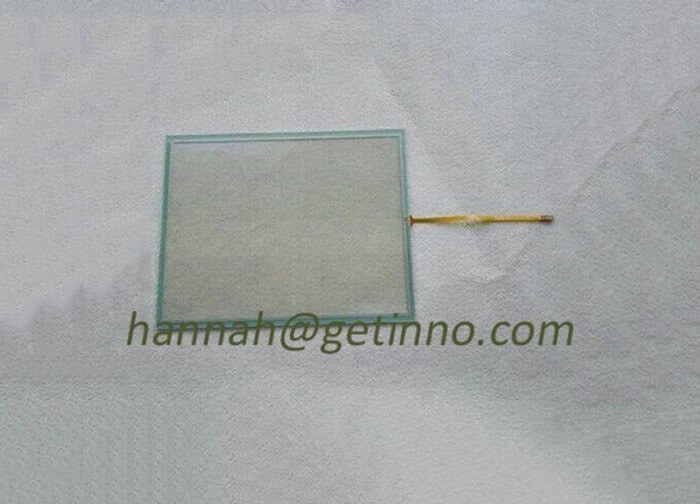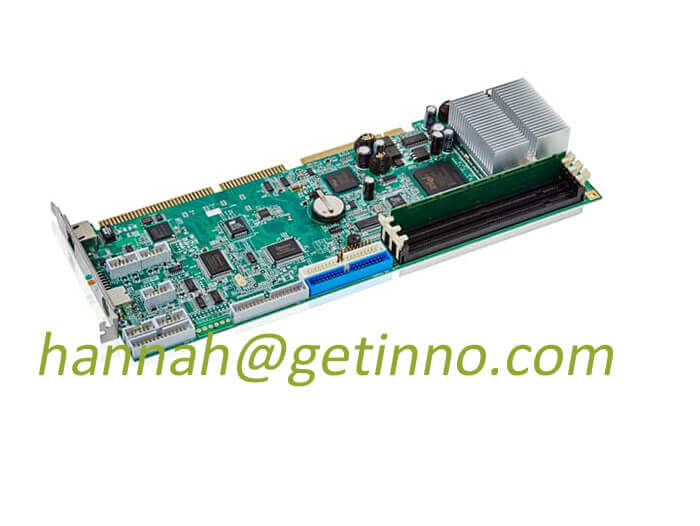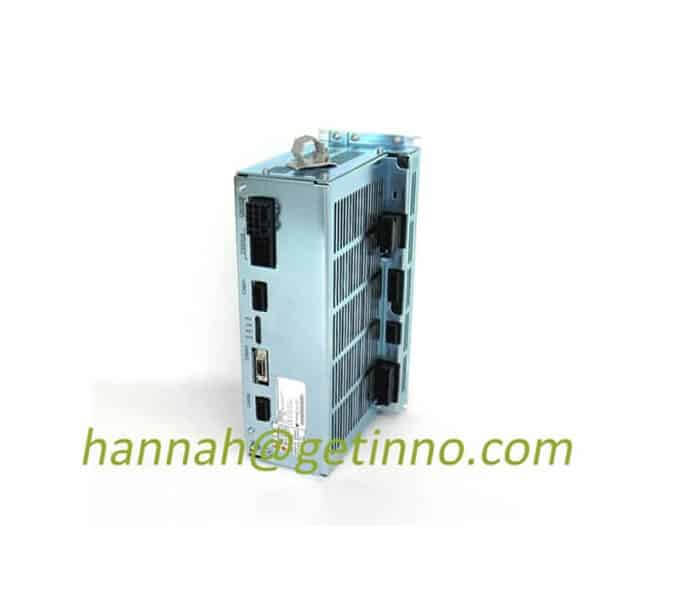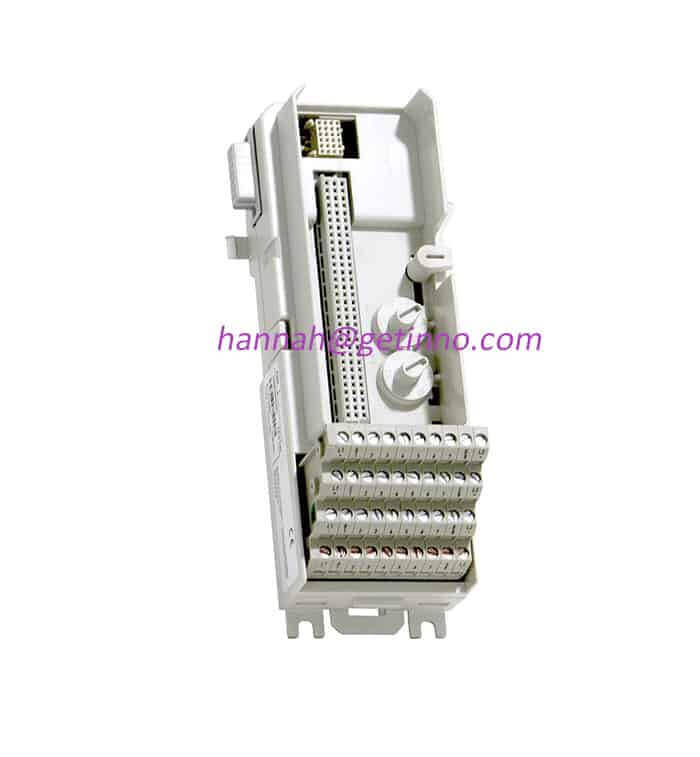Composite robots usher in the “first year” of landing
In 2021, some people in the industry call it the “first year” for the application of composite Robots.
Capital first felt the industry’s “water temperature” to quickly bet on the track, and manufacturers such as Youai Zhihe and Moying Technology have successively completed large-scale financing. At the same time, in 2021, most of the mobile robot manufacturers and collaborative robot manufacturers in the market have launched their own composite robot products, many of which have been applied and formed a demonstration effect. Under this trend,The Advanced Robotics Industry Research Institute (GGII) conservatively predicts that the sales of composite robots are expected to exceed 12,000 units by 2025.
In specific scenarios, affected by factors such as market acceptance, price, and technology, industries such as 3C, semiconductor, electric power, big data center, metal processing, and file management have become the first scenarios for composite robots to penetrate.
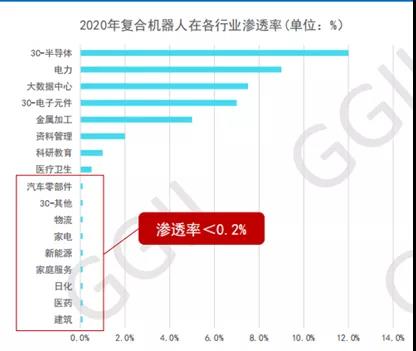
Source: Advanced Robotics Industry Research Institute (GGII)
Semiconductor industry – precision loading and unloading
In the semiconductor production process, due to the relatively high price of materials and products, there are more stringent requirements for the production environment, such as high cleanliness, etc. Secondly, silicon crystals and other products are very sensitive to vibration, and semiconductors are very sensitive in the production process. In order to ensure that there is no breakage or damage, it is often necessary to control the vibration in the process and reduce the comprehensive problem rate. Therefore, the anti-vibration, stability and accuracy requirements of the transfer equipment are very high.
In this industry, the focus of customers is often not the cost and price factor, but whether it can meet the above-mentioned production needs and create higher added value.
▌Youaizhihe provides integrated software and hardware solutions for the semiconductor industry
At present, Youizhihe’s composite robots are widely used in the semiconductor industry. They are equipped with the YouiTMS application terminal system independently developed by Youaizhihe, forming an integrated intelligent upgrade solution from hardware to software, which solves the loading, unloading and transportation of materials in the semiconductor production workshop. problems, and realize intelligent and flexible production and digital management in the workshop.
Take the loading and unloading solution provided by Youaizhihe for a world-leading semiconductor fab as an example.By configuring multiple Youaizhihe wafer cassette handling robots and equipped with YOUIFLEET scheduling management system and YOUITMS logistics management and control systemeffectively complete the automatic loading and unloading between the machine and the electronic material rack and the refined management of the whole process of the workshop logistics data, and realize the flexible and intelligent production of the wafer workshop.
It is understood that the wafer box handling robot is a mobile operation robot specially designed by Youaizhihe for semiconductor workshops. It is based on laser SLAM hybrid positioning and navigation technology and visual positioning technology to achieve ±5mm repeat positioning accuracy of indoor robots and meet the requirements of dust-free operations. At the same time adapt to the complex dynamic environment on site.
▌Siamong composite robot entered the packaging and testing plant
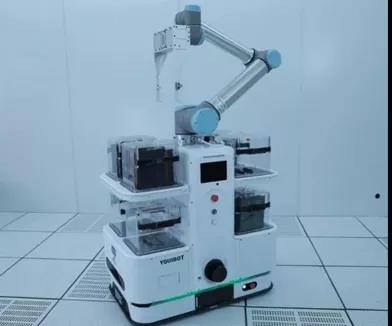
Since 2018, SIASUN composite robots have been exported to a Southeast Asian semiconductor company. The company is currently one of the largest semiconductor packaging and testing companies in the world. The company introduced SIASUN collaborative composite robots to replace the original manual loading and unloading methods.
In this application case, the user has many unloading tasks on the production line and a variety of materials, and adopts the composite robot handling method.The number of workshop personnel is greatly reduced (about 80%), the number of handling is greatly reduced (the scheduling system optimizes the optimal distribution plan), and the operation accuracy rate is improved by 200%. Especially during the epidemic period, when other companies are faced with the situation that their personnel cannot be on duty normally, the SIASUN composite robot shuttles around the customer’s factory 24 hours a day, effectively ensuring the user’s production efficiency and economic benefits.
At present, SIASUN series products have served many domestic and foreign first-class enterprises in the automotive, 3C, semiconductor, medical and other industries, with a cumulative shipment of hundreds of units.
picture
3C industry – serial automated production line
As a labor-intensive industry, 3C relies heavily on manual operations, lacks production process monitoring and traceability, and information breaks between material flow links. Therefore, its intelligent transformation and upgrading is imminent. The solution based on the compound operation robot can make production more flexible and flexible, and help production enterprises achieve “reduction of staff, increase of efficiency, quality assurance and safety assurance”.
▌Stand + Elite composite robot project landed in 3C industry benchmark customer
This case is an automation upgrade project of CNC machining workshop. The customer wants to assist equipment operation in the form of AMR equipped with a Robotic arm on site, realize automatic loading and unloading of CNC machine tool production, and achieve the goal of reducing factory manpower, ensuring factory production capacity, and improving the level of informatization in the factory. Target.
During the import process, the STANDER + ELITE composite robot needs to cooperate with the network construction of the factory, and cooperate with the CNC machine for automatic program writing and debugging; at the same time, because the CNC machine door does not have the automation function, the robot needs to be accurately positioned and cooperate with the mechanical The arm opens the door, which requires high positioning of the compound robot. In this project,20 composite robots of Stand + Elite meet the material handling work of more than 100 CNC machines in 4 production lines, which greatly improves the automation level of the factory and greatly reduces the labor force in the workshop.
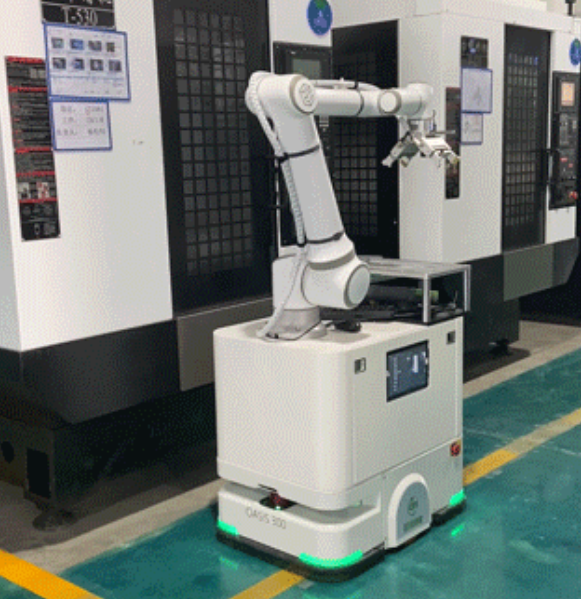
Since 2020, Stander and Elite have successfully implemented a number of composite robot projects. The two parties have completed in-depth adaptation and cultivated a tacit understanding through the running-in of different application cases. For users, this means simpler and easier solutions, more efficient coordination, and more stable and reliable solutions. In the future, with the technological innovation and product improvement of both parties in their respective fields, there will be more eye-catching performances in the stock market including traditional industries and incremental markets such as textiles, agriculture, and inspection.
Substation—Intelligent Inspection
At present, there are many shortcomings in manual inspection of substations. The traditional manual inspection method has shortcomings such as high labor intensity, low work efficiency, scattered inspection quality, and single means, and the data of manual inspection cannot be accurately and timely connected to the management information system. In addition, with the promotion of the unattended mode, the workload of inspections is increasing, and the availability and timeliness of inspections cannot be guaranteed. In addition, in the geographical conditions such as plateau, hypoxia, cold or bad weather conditions, manual inspection still has great safety risks, and there is a lack of effective inspection methods. In severe weather such as strong wind, fog, ice and snow, hail, thunderstorm, etc., inspections cannot be carried out in time. It is difficult to meet the safe operation requirements of modern intelligent traction substations.
▌Jieka composite robot improves the intelligent level of substation operation and maintenance
In order to solve the problems of inability to operate and long delay time for faults in emergency state, Jieka Robotics partners carry out research on the development of systems with emergency operation functions of traction substations, based on JAKA Zu 3 collaborative robot, AGV, multi-sensor, infrared temperature measurement, image Identification, internet of Things, etc., to achieve unmanned inspection and unmanned operation.
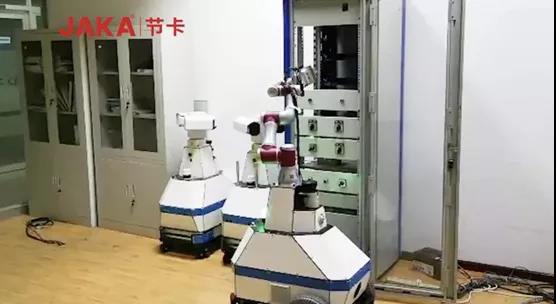
When an emergency response occurs, the AGV autonomously navigates and runs to the designated position, and the JAKA Zu 3 collaborative robot disconnects the designated switch to realize the operation function of the complete set of equipment (switch cabinet), the panel buttons of the integrated automation system screen cabinet, and the transfer switch. The operation function can be commanded by the traction power supply dispatching system, the integrated automation system or the remote centralized control center.
This solution effectively reduces manual maintenance costs. Compared with deploying traditional inspection systems, it has the advantages of simplicity, flexibility and low cost.It has greatly improved the intelligent level of operation and maintenance of substations and the level of emergency response, and provided a strong guarantee for the comprehensive promotion of unattended substations. It is of great significance to further improve the intelligence level and high-tech image of the entire railway industry.
Smart Factory – Remote O&M
▌Li Yuanheng’s remote operation and maintenance robot is “immersive” to solve customer equipment maintenance
In order to solve the drawbacks brought by the two equipment management methods of “post-event control” and “preventive maintenance”, Lyric Robot has launched a remote operation and maintenance compound robot, which can diagnose and predict equipment through continuous online condition monitoring and data analysis of equipment. The development trend of faults, assisting users to formulate predictive maintenance plans and implement maintenance in advance, which involves the entire process of equipment operation and maintenance such as equipment condition monitoring, fault diagnosis, prediction, and maintenance decision support.
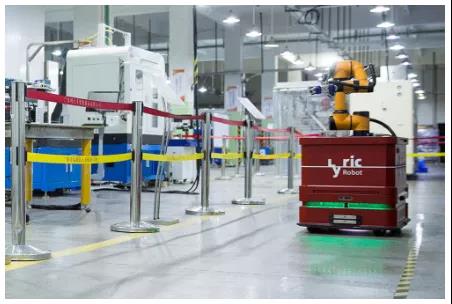
For Lyric Robot’s remote operation and maintenance compound robot, it has to do more than just predictive maintenance, it has to act as the “attending doctor” for the entire factory equipment. It can move freely in the factory to monitor and diagnose the status of the equipment. More importantly, when there is a fault on site, the Lyric Robot remote operation and maintenance compound robot can respond as soon as possible, avoiding the increase of waiting costs for customers. Based on advanced communication technology, engineers of equipment manufacturers can realize online remote “consultation” and maintenance through the composite robot.
In terms of specific applications, equipment manufacturers can remotely control the robotic arm to move the camera, check the possible fault points one by one, and use advanced communication technology to ensure the real-time transmission of video data and avoid packet loss. Through two-way voice transmission, collection and control, participants can use robots to communicate with on-site personnel, guide assembly and take pictures online.In order to achieve better remote processing effect, Lyric Robot will integrate AR (augmented reality) technology on the remote operation and maintenance compound robot, so as to be truly “immersive” to solve customer equipment maintenance and other problems.
File Management Center—Unmanned Management
▌Han’s composite robot ensures the safe operation of the archives
The Han’s collaborative robot specially manufactured for the archives scene is based on the original six-axis robotic arm, combined with AGV trolley, vision camera, gripper, sliding table and other equipment, forming a complete composite robot solution. Through the cooperation of the vision camera and the RFID tag, the Han’s robot can quickly obtain this information, and according to the prior instructions, it can be flexibly picked and placed through the gripper, and then cooperated with the movement of the AGV car to ensure that the file is sent to the designated location.

At the same time, with the shift of file management personnel from indoor to outdoor, the management room has become a relatively closed space from the outside world, making it possible to control indoor temperature and humidity, which was difficult to achieve in the past. In the unmanned archive room solution provided by Han’s Robot, the temperature and humidity monitoring and adjustment system, the air quality monitoring and purification system and the active automatic fire protection system are integrated for the archive room, and the environmental monitoring system and the file management system are integrated.Maximize the security and reliability of data, monitor risk points in real time, and provide real-time early warning to truly ensure the safe operation of the archives.
Epilogue
Since its development, compound robots are gradually becoming a “new type of labor force” in modern factories with the flexible production method of “hands + feet”.
2021 is the year that composite robots will open up.
However, on the whole, the current market is still in the early stage of development, and the landing industry is only limited to the semiconductor, 3C and other industries, and other market applications are basically blank. In addition to the impact of cost factors, the level of technological maturity also determines its development. The speed of entering the market.
As Cai Songlin, vice president of Elite Robotics and Products, said: “One of the biggest difficulties in the composite robot system composed of AGV + robotic arms is technology. The entire application of collaborative robots and AGVs requires the development of two technologies. All outside the mastery.The difficulty that still needs to be overcome is how to make the two types of devices work together and stably in a complete system state, and match different environment perception solutions according to different scenarios.. “
Generally, the application scenarios of composite robots are more complicated. In certain scenarios (such as semiconductor workshops and CNC workshops), it is necessary to complete the task of moving and reclaiming materials, and also need to be incorporated into the production line process to undertake the processing operations of specific types of work (such as loading and unloading, visual inspection, material removal, etc.).Therefore, the composite robot has high requirements for the adaptability of the AGV car environment and the openness of the collaborative manipulator..
The Links: 3HAC033498-001 3BSE018172R1
Pre: Ecovacs Robot serves as a senior fitn... Next: Who will become the new darling of th...

